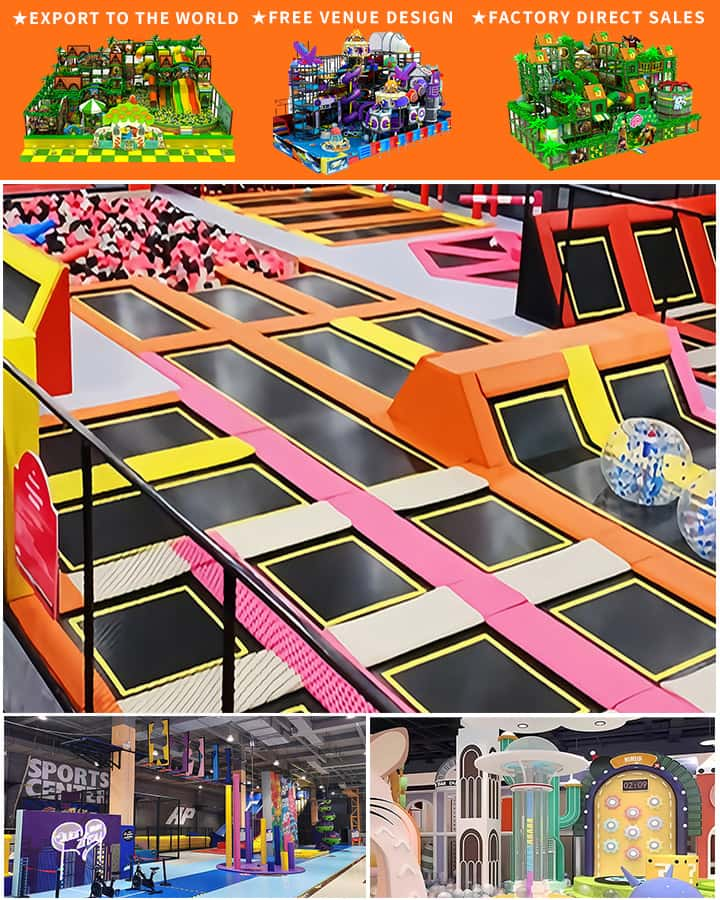Outdoor playground equipment is a vital component of any community, providing children with a space for physical activity, social interaction, and imaginative play. Whether you’re a parent, a teacher, or a community planner, understanding the different types of outdoor playground equipment available can help create a safe and enjoyable environment for children of all ages. In this guide, we will explore the various options for outdoor playground equipment, their benefits, and important safety considerations.
Types of Outdoor Playground Equipment
Traditional Swings Swings remain one of the most classic pieces of playground equipment. They come in various designs, including belt swings, bucket swings, and baby swings. Swings are excellent for developing motor skills and coordination while providing a sensation of flying through the air.
Slides Slides are another timeless piece of playground equipment that offers hours of fun. From simple straight slides to more complex structures like spiral slides and tube slides, these installations cater to different age groups and thrill levels. Slides are great for building balance and body awareness.
Climbing Structures Climbing structures, including rock walls, climbing domes, monkey bars, and rope ladders, offer numerous physical benefits. These structures help improve strength, balance, and problem-solving skills. They encourage kids to challenge themselves physically while fostering confidence and resilience.
See-Saws and Merry-Go-Rounds See-saws and merry-go-rounds are perfect for social play and cooperation. These pieces require multiple children to operate, teaching teamwork and communication. See-saws, in particular, help develop core strength and coordination.
Balance Beams and Timber Trails
 Balance beams and timber trails are essential for enhancing motor skills and concentration. These structures come in various sizes and configurations, allowing children to practice walking in a straight line or navigating obstacles without falling off.
Balance beams and timber trails are essential for enhancing motor skills and concentration. These structures come in various sizes and configurations, allowing children to practice walking in a straight line or navigating obstacles without falling off.Playhouses and Sandboxes Playhouses and sandboxes provide an opportunity for imaginative play and sensory exploration. Children can engage in role-playing activities in playhouses while sandboxes offer a tactile experience that promotes creativity and fine motor skill development.
Interactive Play Equipment This category includes modern, interactive equipment designed to stimulate both the body and mind. Examples include musical instruments, spinner bowls, water play features, and activity panels. Interactive equipment can be particularly effective in keeping kids engaged and active for longer periods.
Benefits of Outdoor Playground Equipment
Physical Health Engaging in physical activities through playground equipment promotes cardiovascular health, strengthens muscles, and enhances overall fitness. Regular play can help combat childhood obesity and contribute to healthy growth and development.
Social Development Playgrounds provide an excellent venue for children to interact with their peers, fostering essential social skills such as cooperation, sharing, and conflict resolution. Group play helps children learn how to navigate social situations and build lasting friendships.
Mental Well-being Playtime on outdoor playground equipment reduces stress and anxiety while boosting mood and self-esteem. The freedom to explore and enjoy unstructured playtime contributes significantly to a child’s mental health and emotional well-being.
Cognitive Development Many pieces of playground equipment require problem-solving and strategic thinking, which are critical for cognitive development. Navigating climbing structures, planning routes on balance beams, and coordinating play on see-saws all stimulate brain function and intelligence.
Safety Considerations
Age-Appropriate Equipment Always ensure that the playground equipment is suitable for the age group using it. Equipment designed for older children may pose a risk for younger ones, leading to injuries. Check for appropriate height limits and safety signs.
Surface Material Installing playground surfaces made from materials like rubber mats, wood chips, or poured-in-place rubber can significantly reduce the risk of injuries from falls. Ensure that the surface is well-maintained and free from debris.
Regular Maintenance Inspect playground equipment regularly for wear and tear, loose parts, and potential hazards. Promptly repair or replace damaged equipment to maintain a safe play environment.
Supervision Adult supervision is crucial, especially for young children. Supervisors should watch for unsafe behavior, enforce rules, and assist children when necessary.
In conclusion, outdoor playground equipment plays a pivotal role in the physical, social, and cognitive development of children. By offering a variety of engaging and age-appropriate options, communities can provide enriching play experiences that promote health, happiness, and learning. Prioritizing safety ensures that children can enjoy these benefits in a secure environment, making outdoor play a cornerstone of healthy childhood development.




